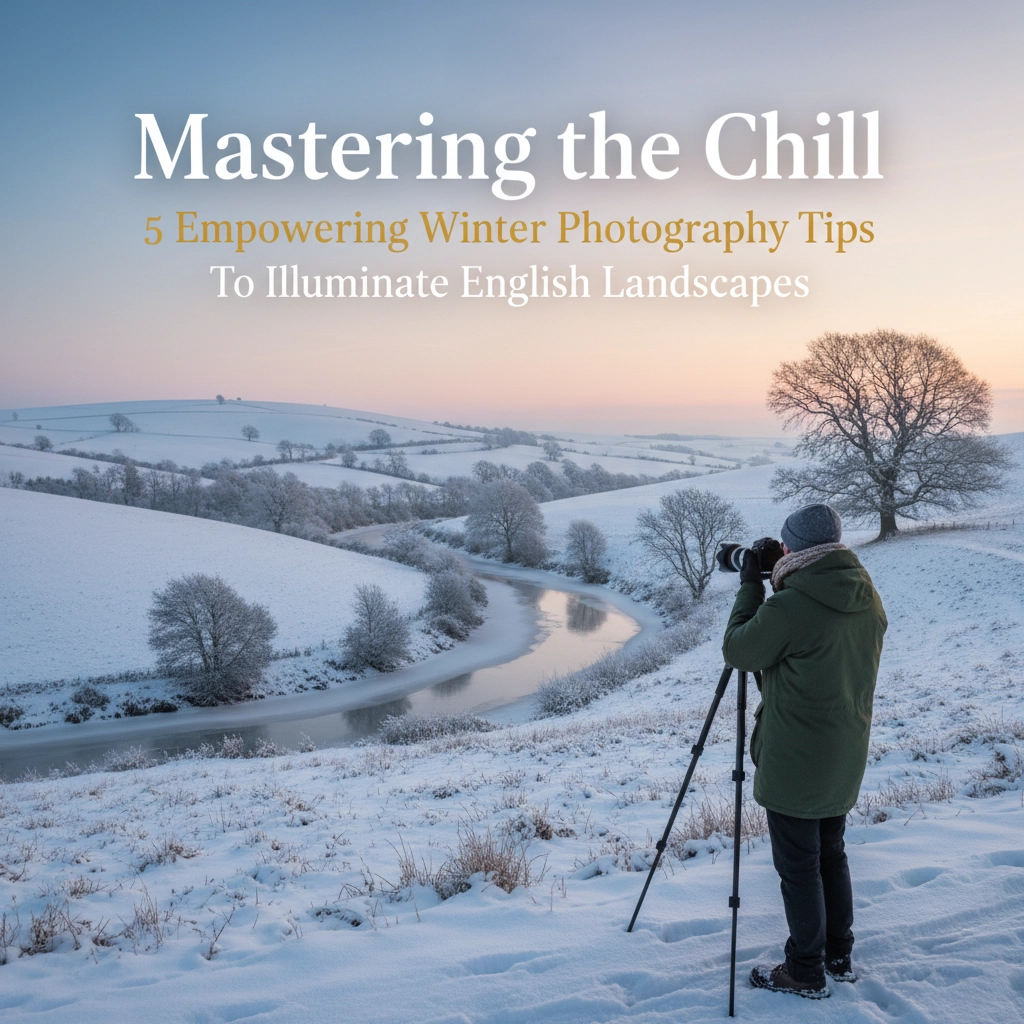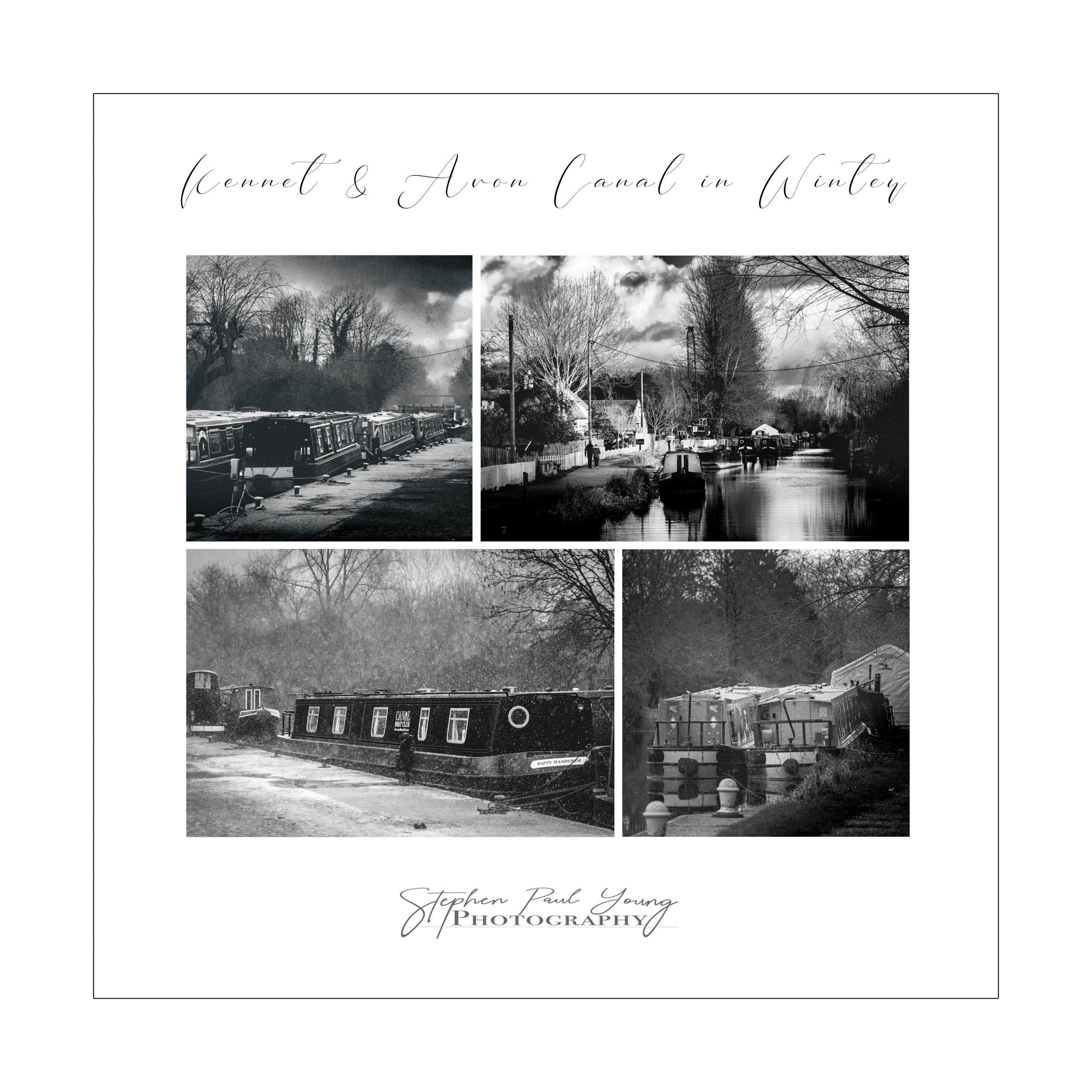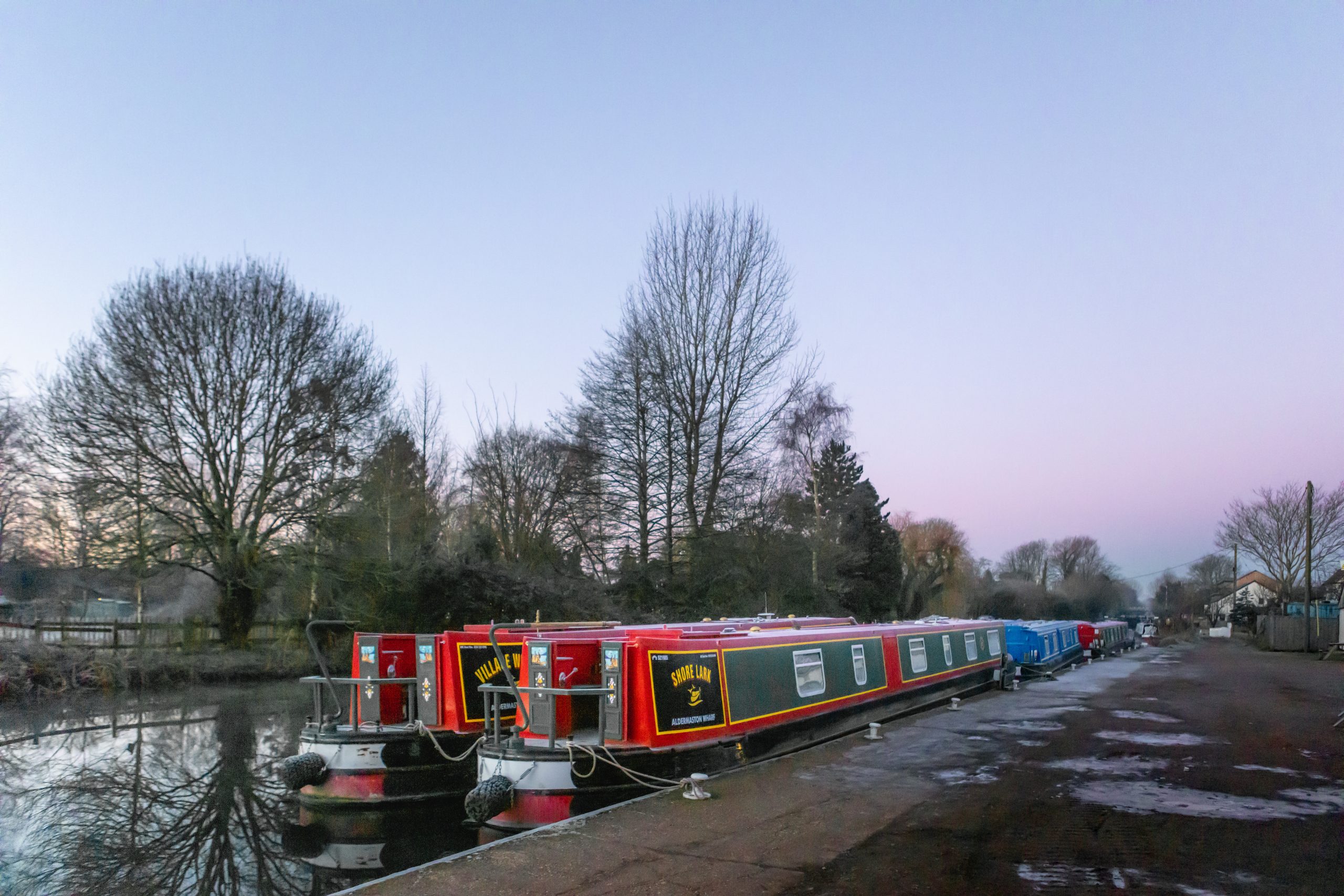
Mastering the Chill: 5 Empowering Winter Photography Tips to Illuminate English Landscapes
Soft snowflakes gently fall from the sky, illuminating the picturesque English landscape as the morning sun emerges on the horizon. As a photographer living in rural North Hampshire, with the likes of The Kennet & Avon Canal, Winchester, Morgaston Wood, and Watership Downs on my doorstep, I understand the magic of capturing winter’s beauty. In this Winter Photography tips article, I will share five essential tips to help you prepare and skillfully capture outstanding images of the stunning English countryside in winter. Read on for more winter scenery photography
5 Winter Photography Tips for you to Try
Capture the enchanting winter landscapes of the English countryside with these 5 essential photography tips. From framing the perfect shot to utilising natural lighting, these tips will help you skillfully capture the beauty of the season. Don’t miss out on the chance to create stunning images of snowy landscapes and make the most of winter scenery photography.

Prepare Adequately: Gear and Attire
When embarking on a winter photography adventure in the English countryside, it is crucial to prepare adequately with the right gear and attire. The cold weather and potentially challenging conditions require careful consideration to ensure both your comfort and your ability to capture beautiful images. Here are some guides on how to equip yourself for a successful photography experience.
Choosing the Right Gear
First and foremost, ensure you select photography equipment that can withstand extreme weather. Your camera should be capable of operating in low temperatures, and weather-sealed lenses come in handy when it’s raining or snowing. Also, don’t forget to carry spare batteries, as cold temperatures can affect battery life.
Proper Attire
As a photographer, you’ll spend a lot of time outdoors. Wear warm and waterproof clothing. A good inner layer is key to keeping your body temperature comfortable. Don’t forget waterproof gloves to keep your hands warm while operating your camera.
Capture the Frosty Details

Explore Macro Photography
Winter landscapes are filled with intricate details that are often overlooked. Take the opportunity to explore macro photography during this season. Frost-covered leaves, icicles, and snowflakes can make for captivating close-up shots. Use a macro lens or macro extension tubes to capture the delicate beauty of these small wonders.
Your camera should be capable of operating in low temperatures, and weather-sealed lenses come in handy when it’s raining or snowing. Also, don’t forget to carry spare batteries, as cold temperatures can affect battery life. Take the opportunity to explore macro photography during this season. Frost-covered leaves, icicles, and snowflakes can make for captivating close-up shots.
Winter Photography Ideas Without Snow

Capture the Moody Atmosphere
Embrace the unique atmosphere of winter landscapes without snow by focusing on the moody and ethereal elements. Look for misty mornings, foggy landscapes, and dramatic cloudy skies. These atmospheric conditions can add depth and character to your photographs. Experiment with different compositions and angles to capture the captivating ambiance of the English countryside during the winter season.
Seek Vibrant Colours

While snow may be absent, winter still offers a variety of vibrant colours to incorporate into your photography. Look for evergreen trees, red berries, and colourful winter blooms to add pops of colour to your shots. Explore different locations such as gardens, parks, or even urban areas with colourful buildings or street art. Don’t be afraid to get creative and experiment with contrasting colours to make your photographs visually appealing and lively.
Winter provides an excellent opportunity to create captivating silhouettes against the dramatic backdrop of the English landscape. Use the soft, diffused light during sunrise or sunset to capture the silhouettes of trees, people, or architectural elements. Pay attention to the shape and form of the subjects and position them against the colourful sky or interesting backgrounds. Silhouettes can evoke emotions and tell a unique story in your winter photographs.
Master the Golden Hours
Take Advantage of Sunrise and Sunset
The soft, warm light of the golden hour becomes even more magical against a snowy backdrop. Plan your photo outings around sunrise and sunset to capture the enchanting glow that bathes the English countryside. These moments provide the perfect lighting for your winter landscape shots.
Use Leading Lines
Incorporate leading lines into your composition to create depth in your photographs. These lines can be roads, fences, or even footprints in the snow. They draw the viewer’s eye into the image and add a sense of perspective, making your photos more engaging and dynamic.
Winter Photography Settings
Embrace the winter chill with these 5 friendly photography tips for capturing English landscapes. Pay attention to shape and form, positioning your subjects against colourful skies or interesting backgrounds to create evocative silhouettes that tell a unique story. Make the most of the golden hours by planning your shoots around sunrise and sunset, basking in the soft, warm light that enhances the beauty of snowy landscapes.
Additionally, incorporate leading lines such as roads, fences, or footprints in the snow to add depth and perspective to your images, making them more captivating and dynamic.
Embrace Minimalism and Simplify Your Composition
Winter landscapes are often characterised by their clean, minimalist look. Embrace this simplicity by composing your shots with a minimalistic approach. Use negative space to emphasize the main subject and create a sense of tranquility in your photos.
In conclusion, winter photography in the English landscape offers a unique opportunity to capture the beauty of this season. With the right gear, attire, and a keen eye for detail, you can create stunning images that truly reflect the charm of the British countryside in winter.
Frequently Asked Questions (FAQs)
1. How can I protect my camera from the cold weather during winter photography?
- To protect your camera from the cold, consider using a camera cover or a plastic bag with a hole for the lens. Keep your camera and spare batteries in an insulated camera bag when not in use. Be mindful of condensation when moving between temperature extremes.
2. What are the best settings for winter photography?
- In snowy conditions, use a higher exposure compensation to avoid underexposure. Adjust your white balance to “Daylight” or “Cloudy” for accurate colour rendering. Experiment with lower ISO settings for cleaner, more detailed shots.
3. How can I capture falling snowflakes in my photos?
- To capture falling snowflakes, use a fast shutter speed (1/500 or faster) and a wide aperture. Focus on a point where snowflakes are falling and make sure to use a contrasting background to make them stand out.
4. Are there any safety tips for winter photography in extreme cold?
- Dress warmly and protect yourself from frostbite. Carry extra batteries since cold weather can drain them quickly. Inform someone about your shooting location and expected return time.
5. What equipment is essential for winter photography?
- You’ll want a sturdy tripod to keep your camera steady in the snow. Consider using a polarising filter to reduce glare from snow and ice. Extra lens cloths and a lens hood can help keep your gear clean.
6. How can I add warmth to my winter photos without sacrificing the cold ambiance?
- Shoot during the “Golden Hour” just after sunrise or before sunset to capture warm, soft light. Experiment with white balance adjustments during post-processing to enhance the warmth in your images.
7. What should I keep in mind for composition in winter landscapes?
- Incorporate leading lines, such as a snow-covered path or river, to draw viewers into the scene. Use the rule of thirds to create balanced compositions. Emphasize textures and patterns in the snow and ice.
8. How do I deal with snow reflections in my photos?
- Polarising filters can reduce reflections on the snow. To enhance reflections, consider shooting at an angle to the surface or capturing the scene during the “blue hour” when ambient light is low.
9. How can I make winter wildlife photography more successful?
- Be patient and move quietly to avoid disturbing wildlife. Use longer telephoto lenses to maintain a safe distance. Focus on capturing unique behaviors and interactions in the winter environment.
10. Are there any post-processing tips for winter photos?
- In post-processing, enhance contrast and clarity to bring out details in the snow and ice. Adjust white balance and colour temperature to achieve the desired mood and ambiance in your winter images.
Remember to adapt your techniques and settings to the specific conditions of the day, as winters cooler conditions can vary greatly depending on factors like temperature, lighting, and the type of snow or ice present.
Like what you read? Fuel my next post with a coffee – hit that PayPal button and keep the caffeine flowing!
[wpedon id=77]